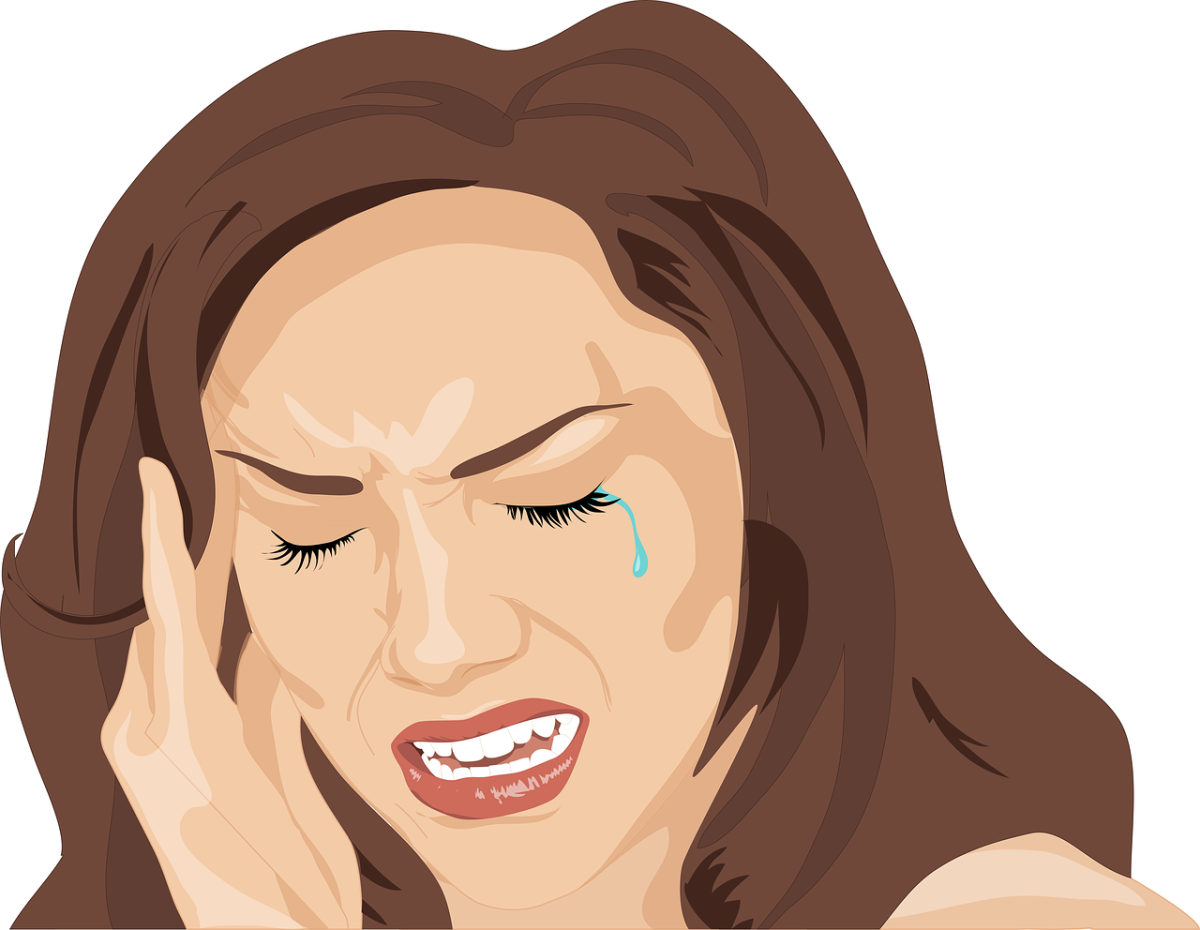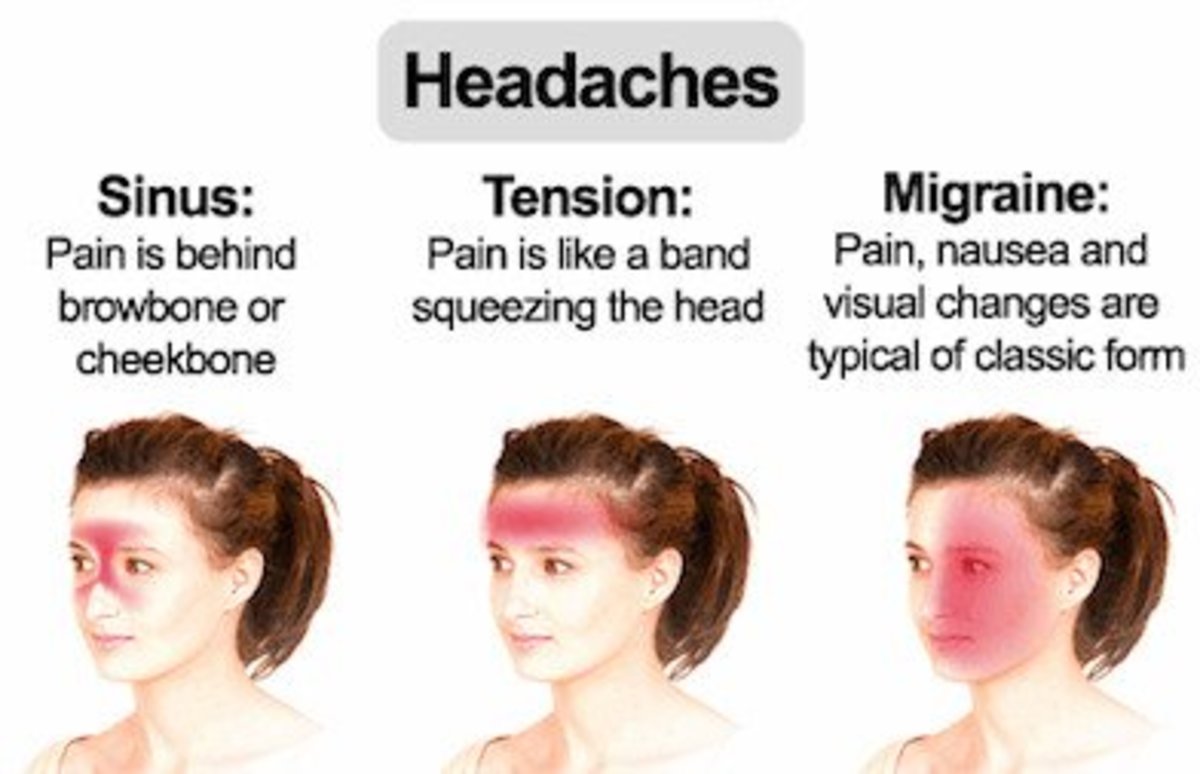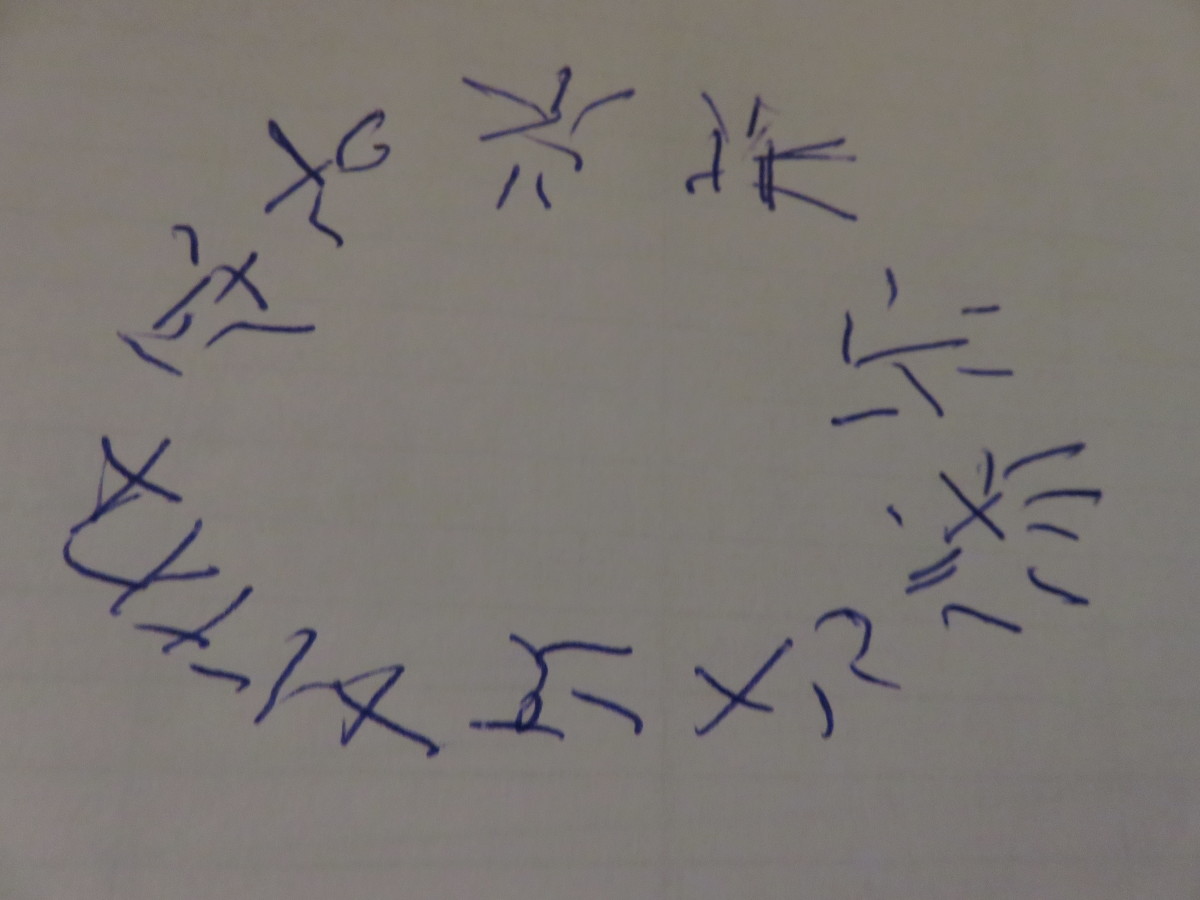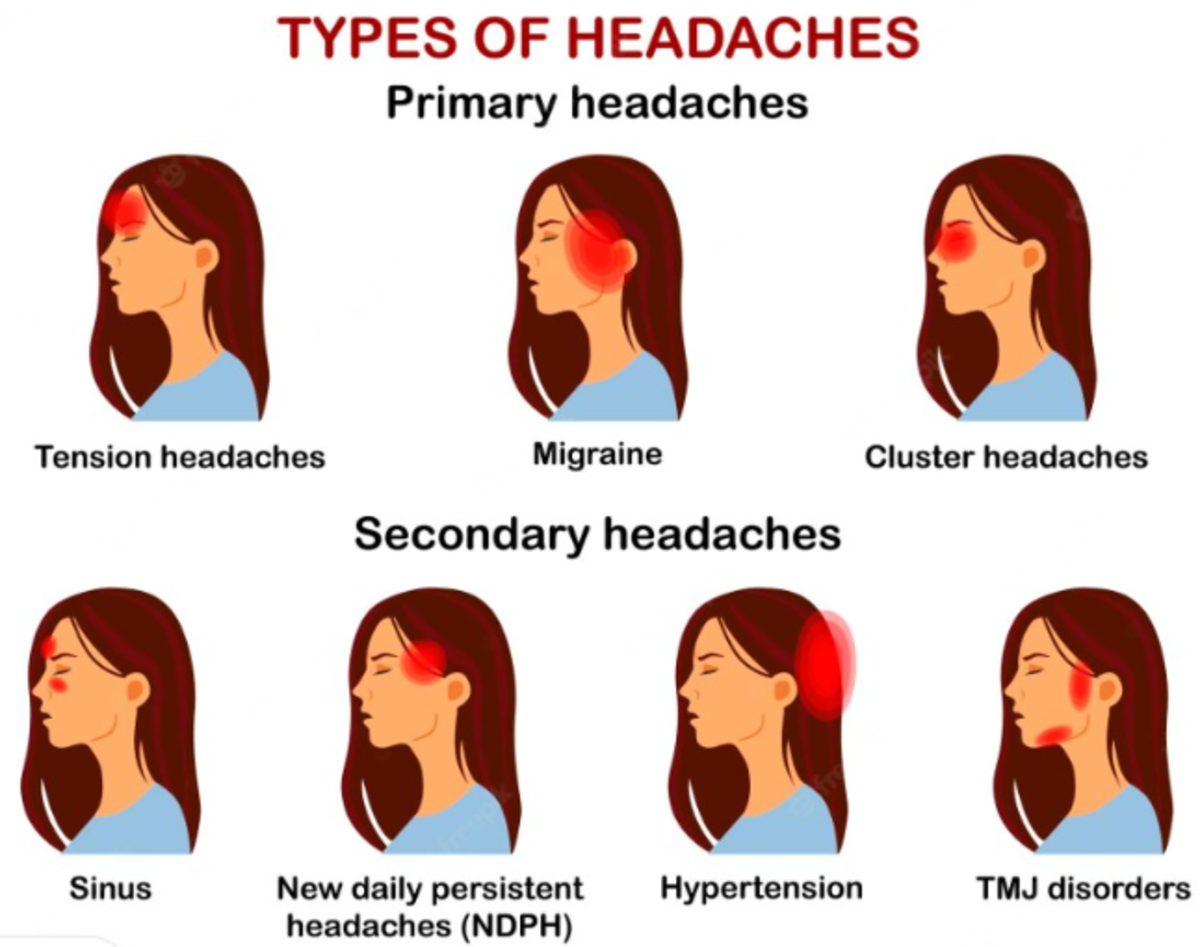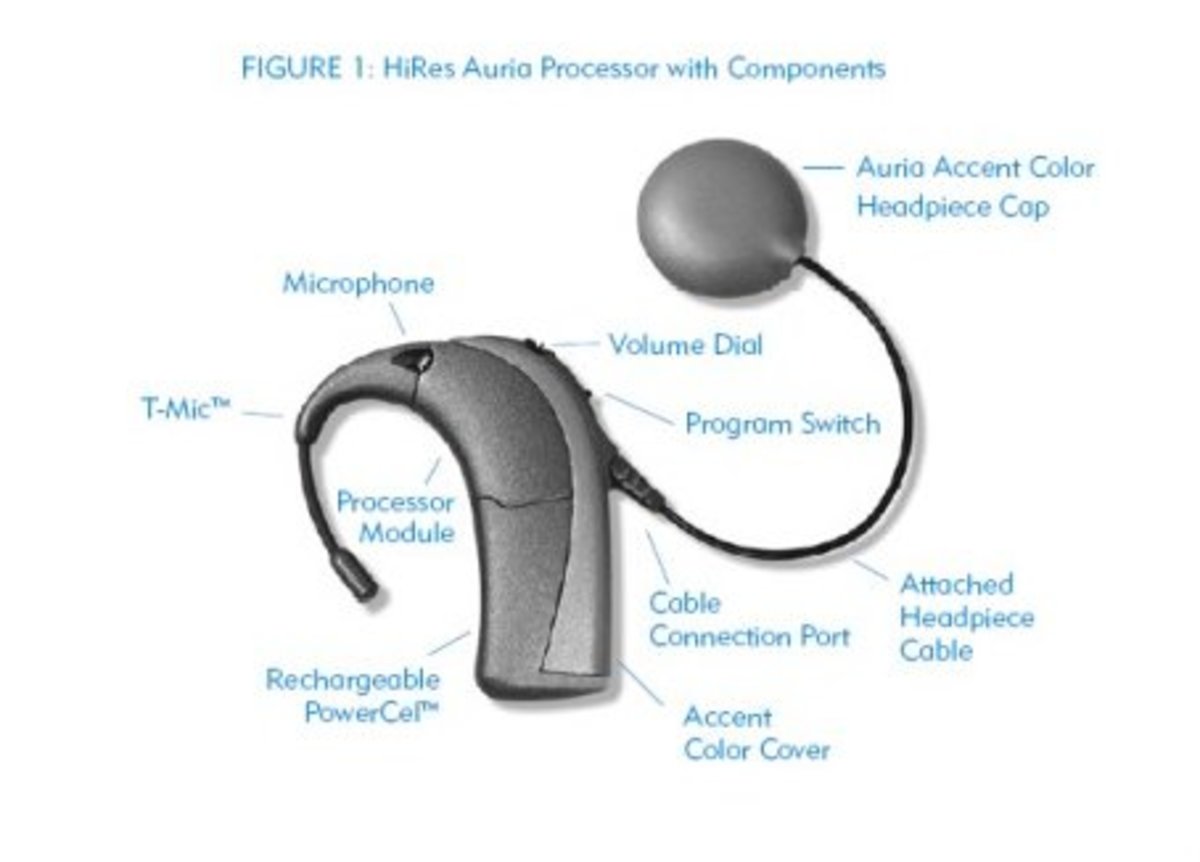4 Phases of a Migraine
Migraines are a neurological disease with disabling neurological symptoms. More than 90% of people who suffer with migraines are unable to work of function during an attack. They are under-recognized, under-diagnosed, and under-treated. Those who suffer from migraines know that they are their biggest bullies. They take an emotional, mental, and physical toll on the person affected.
Migraines come in phases that can be detected if you are aware of them coming on. As a person who suffers terribly from migraine attacks, I have found that knowing these phases helps prepare me for what's to come. It also gives me the chance to combat it with medicines or remedies before things get out of control. Below are the 4 phases of a migraine.
Phase 1: Prodrome
This phase can begin hours or even days before the other phases of a migraine begin to display. 30% to 40% of people in this phase experience a list of things. This list includes repeated yawning, brain fog, fatigue, sleepiness, mood changes such as depression or irritation, and neck pains. Again, these symptoms can last anywhere from hours to days.
Phase 2: Aura
This phase is experienced by about 25% of people who suffer from migraines. In this phase you might begin to feel hypersensitive to touch, start to feel dizzy, have a decrease in hearing, and suffer from vertigo. Some people also suffer visual hallucinations in this phase that include wavy lines, blurry vision, or partial loss of vision.
Phase 3: Headache
This phase varies in intensity and can go from mild to severe quickly. The pain felt is normally one-sided, but it can change sides or even affect both sides. It is often accompanied by a pulsating or throbbing pain. In this phase a person might suffer from nausea or vomiting, photophobia (sensitivity to light), phonophobia (sensitivity to sound), osmophobia (sensitivity to odors), and dizziness. These symptoms can be made worse by physical activities and can last anywhere between 4 to 72 hours.
Phase 4: Postdrome
The last phase is called postdrome, and it is often referred to as the 'hangover' stage. Like the other phases, this can last anywhere between hours to days. As this stage comes on you will feel fatigue, brain fog, and lowered mood levels.
It's good to be aware of these different stages so that when a migraine attack comes on you are better prepared. These attacks can be so severe at times that it disrupts your day and destroys plans. There are plenty of ways to avoid triggering migraines such as avoiding certain foods or keeping away from certain odors. Avoiding these triggers will help you in the long run.
Keeping a headache diary is also a good way to track migraines, and to help you figure out what might be triggering your migraines. Hopefully these tips will better prepare you for an on coming attack.


